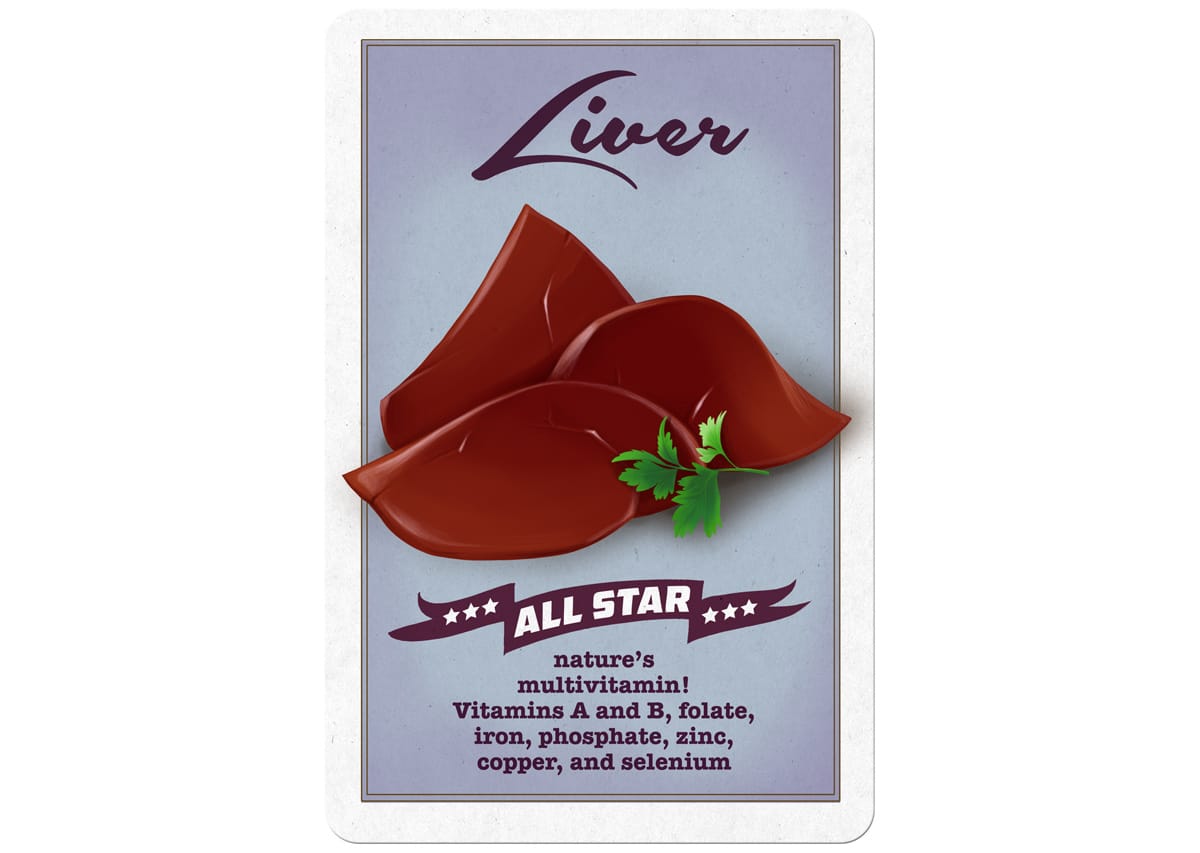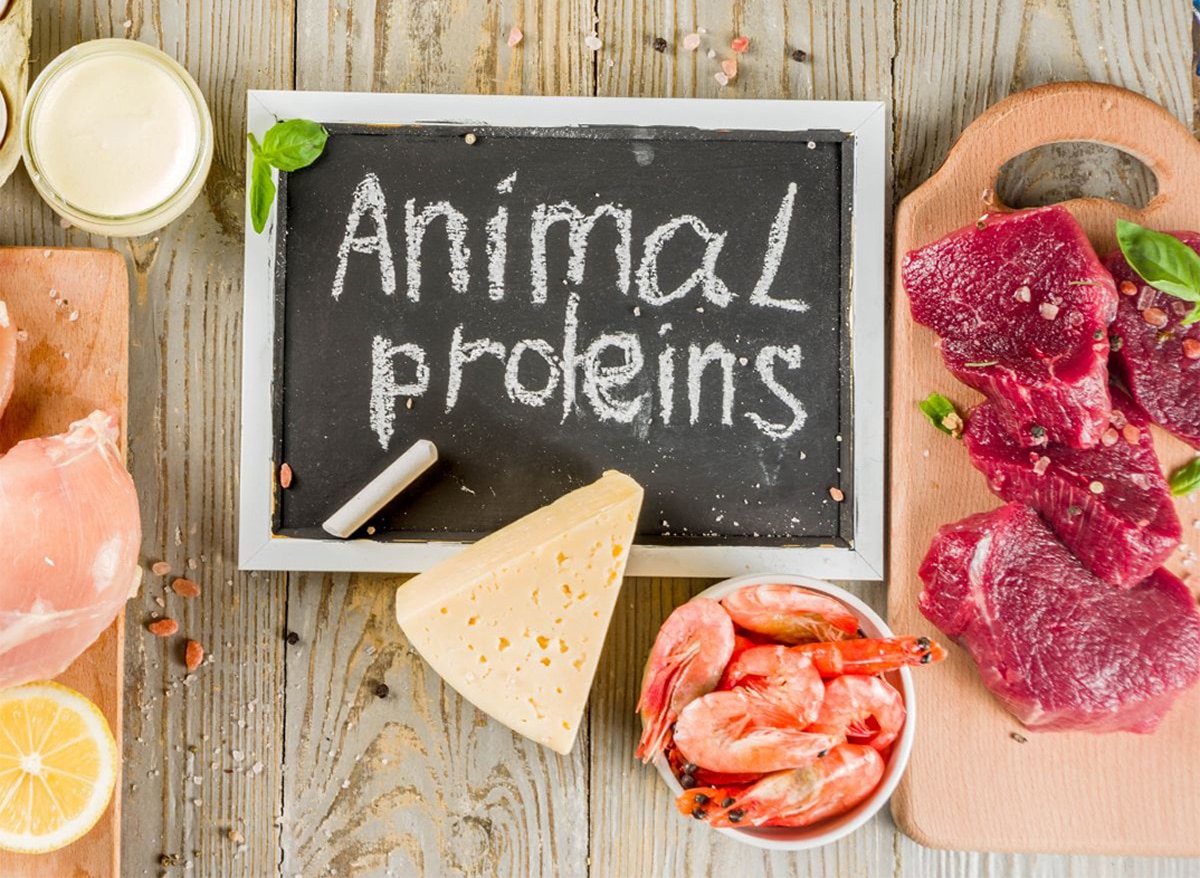For some people, it's religious: restricting certain animal foods is part of their faith. For other people, it's a taste or texture issue. And then there are meat allergies: they're rare, but they do happen. Some people are allergic to red meat in general; other people can’t eat chicken or poultry (this can happen whether or not you have an egg allergy to go with it), and some very unlucky folks are allergic to all meat regardless of the source.
Often, red meat allergies are childhood problems that just disappear on their own as the child grows up, but other times they persist as life-long problems. And in a few bizarre cases, a tick bite can actually induce an allergy to beef, lamb, and pork in people who didn’t have it before.
(note: fish allergies are so much more common than meat allergies that they actually got their own post; it’s here if you want to look at it. The same goes for problems with eggs, which you can read about here.)
Whatever the reason, if you can't eat red meat, pork, poultry, eggs, and fish, then Paleo probably isn’t the diet for you. But the vast majority of people with meat restrictions can enjoy at least one of the above, and typically more. If that’s you, it’s absolutely possible to go Paleo. Here’s how:
Nutrition and Meat Restrictions
Meat is one of the most nutritious foods around, but there's no one "perfect" meat. As long as you’re eating at least some type of animal protein and plenty of different vegetables, you’re probably not at risk for any nutrient deficiencies. If you aren't eating any red meat and you aren't eating any dairy, and you aren't eating any eggs, you might be deficient in conjugated linoleic acid, but that's a fairly extreme case to begin with. It might be worth plugging everything into a nutrition calculator for a week just to see how it all turns out, but you shouldn’t be having any major issues.
Keeping it Interesting
One major challenge of going Paleo with meat restrictions is just keeping your diet interesting so you don’t feel like you’re only eating the same thing all the time at every meal.
Branch Out

The most popular types of meat in the United States are beef, pork, and chicken, but that doesn’t even begin to cover all your options. If you go just a few steps beyond the easy options, your “allergy diet” might well be more varied and diverse than most people’s “unrestricted” diets.
Make a list of all the types of meat you can eat, and look for the less-common varieties you might not really be thinking about. For example…
- If you have a red meat restriction, have you tried pheasant, Cornish game hens, or other wild birds?
- If you can't or won't eat chicken and poultry, have you tried lamb, goat, rabbit, bison, venison, and other wild game meats?
- If you can't have any kind of land animal, what about all the fish and shellfish in the sea? There's more down there than salmon and tuna!
You can often find these meats in the freezer section of the grocery store, even if they aren't out in the butcher's counter. Another strategy is to eat different parts of the animal. Liver tastes very different from muscle meat; kidney is completely different from both. And what about other organ meats?
Eggs also deserve special mention – even a poultry allergy doesn’t necessarily mean you’ll be allergic to eggs as well (although of course, check this with your doctor first!). And if you tolerate it well (not everyone does), dairy can be an excellent supplemental source of protein and healthy fats. If your meat options are severely restricted, one meal per day with dairy serving as the only animal food can really liven things up.
Use Vegetables, Seasonings and Spices
In general, (although there are exceptions) the people who get over-the-moon excited about steak and bacon are people who aren't Paleo. The Paleo veterans like their meat, but they tend to get more enthused about the vegetables: huge piles of broccoli roasted in olive oil, tender braised cabbage, bowls of crisp fresh lettuce. The steak is good, but the vegetables are better. Use that to your advantage: cook soups, curries, and chilis where you can add variety to the dish with vegetables and spices, even if the main protein is the same.
Another technique is to switch up the sauces that you use. Try…
If you’re stuck for ideas, look into discovering different cuisines. Have you tried eastern European food? Scandinavian? South American? North African? Also try substituting ground chicken or turkey for beef in a burger, or swapping out pork chops for a steak if there’s a new sauce you want to try.
Different preparation methods can also completely change the experience of eating the same thing. The more limited your choice of foods is, the more you can benefit from hunting down different methods of preparing what you can eat. Just for example, take steak. You can pan-fry it, grill it, chop it up for a stir-fry, stuff it with something tasty, or slice it into thin strips to use as wraps. And that’s just the steak, without even going into all the other parts of the cow. There’s no reason why every dinner should be the same “pan-fried steak with a side of asparagus.”
Relax on the Protein

Not every meal has to be based around a huge amount of animal protein – it’s important to get enough protein, but “enough” is not actually all that much. If you’re feeling bored of the meats that are safe for you to eat, it’s perfectly fine to eat a little less of them. Protein doesn’t have to be the “main event” at every meal!
Just for example, try serving pâté as a dip or spread for vegetables, alongside a baked potato with butter and maybe some soup. You’ll still get some protein (and plenty of nutrition, thanks to the liver!), but you won’t have to feel like you’re eating a bunch of meat again. Alternately, you could mix your meat up in a soup or salad with all kinds of different vegetables going on. (As a side note, if you’re going to do this, it can be really helpful to eat a little more fat and/or carbs at that meal than you normally would.)
Summing it Up
An allergy to one type of meat or another isn’t actually a Paleo death sentence – you can eat a varied, delicious, and nutritionally complete diet without having to eat anything you react badly to. Just think of it this way: instead of eating all the foods you’re not technically allergic to, you’re picking out only the nutrient-dense ones and eating those instead!
It doesn’t have to be boring or repetitive either. With some clever use of different seasonings and cooking methods, even a more restricted diet doesn’t have to drive you up the wall. Try it; you might be surprised at how much you like it!





Leave a Reply